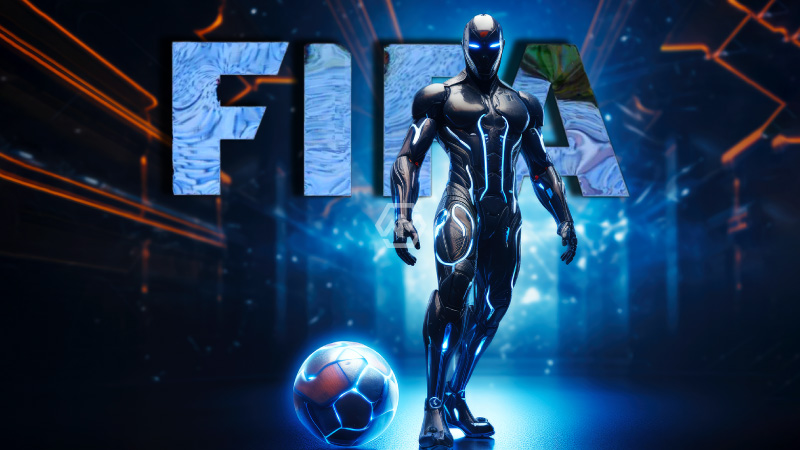- FIFA launches its own EVM-compatible blockchain for NFT collectibles.
- FIFA Collect NFTs must be reimported from external wallets before May 20.
- The move ends FIFA’s partnerships with Algorand and Polygon.
FIFA is taking full control of its Web3 future by launching its own blockchain, aptly named the FIFA Blockchain. Designed to be Ethereum Virtual Machine (EVM) compatible, this custom network allows integration with widely-used wallets like MetaMask. It offers enhanced scalability, performance, and potential for future innovation.
Holders of FIFA Collect NFTs, originally launched on Algorand in 2023, are advised to reimport their collectibles to the FIFA platform before May 20. This is only necessary if they are stored in external wallets.
FIFA Breaks New Ground with Its Ethereum-Compatible Blockchain
This shift to a self-hosted, Ethereum-compatible blockchain signals FIFA’s desire for deeper integration into the broader Web3 ecosystem. The EVM compatibility not only enhances performance but also opens up access to a large developer base. It creates more flexible user experiences.
The organization’s earlier choice of Algorand as its NFT launchpad during the 2022 World Cup had symbolic significance. However, it had limited technical scope. With the decision to sunset that partnership, FIFA acknowledges the need for a blockchain infrastructure. One that can scale and evolve with its global fan base.
Polygon, which FIFA adopted to manage scaling limitations, also sees its role discontinued. This streamlining reflects FIFA’s commitment to owning the full Web3 stack. It ensures long-term control over its digital assets and offerings.
For users, the new FIFA Blockchain means simpler wallet connections, greater compatibility, and possibly more interactive NFT experiences in the future. While some nostalgia may linger around early partnerships, the organization’s pivot is clearly designed to build a sustainable digital future.
FIFA’s creation of its own blockchain is more than a tech update—it’s a strategic leap toward shaping the future of football fandom in the Web3 space.
“Control your platform, control your future.” — This move echoes FIFA’s strategic bid for independence and innovation in the growing Web3 landscape.



